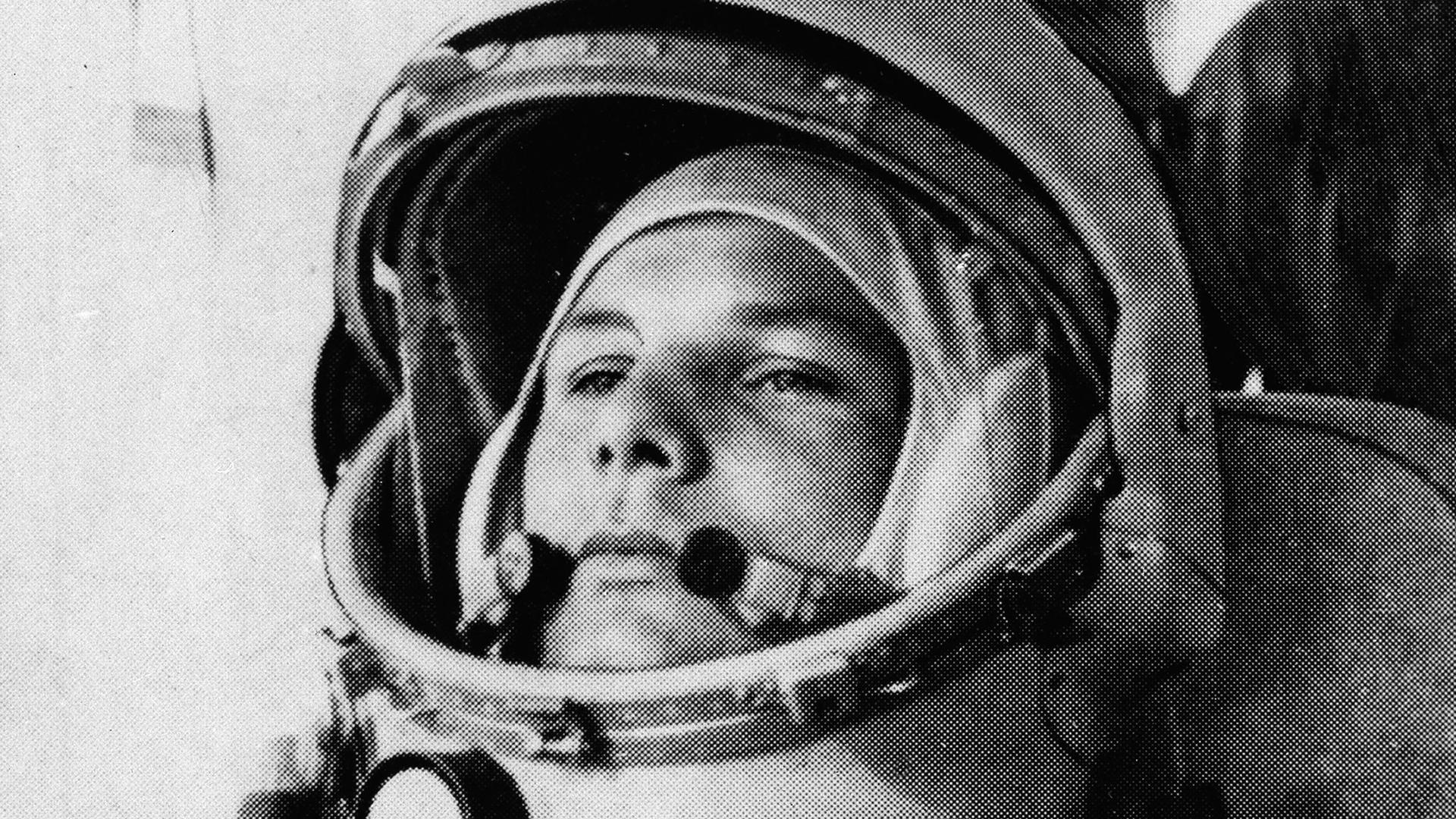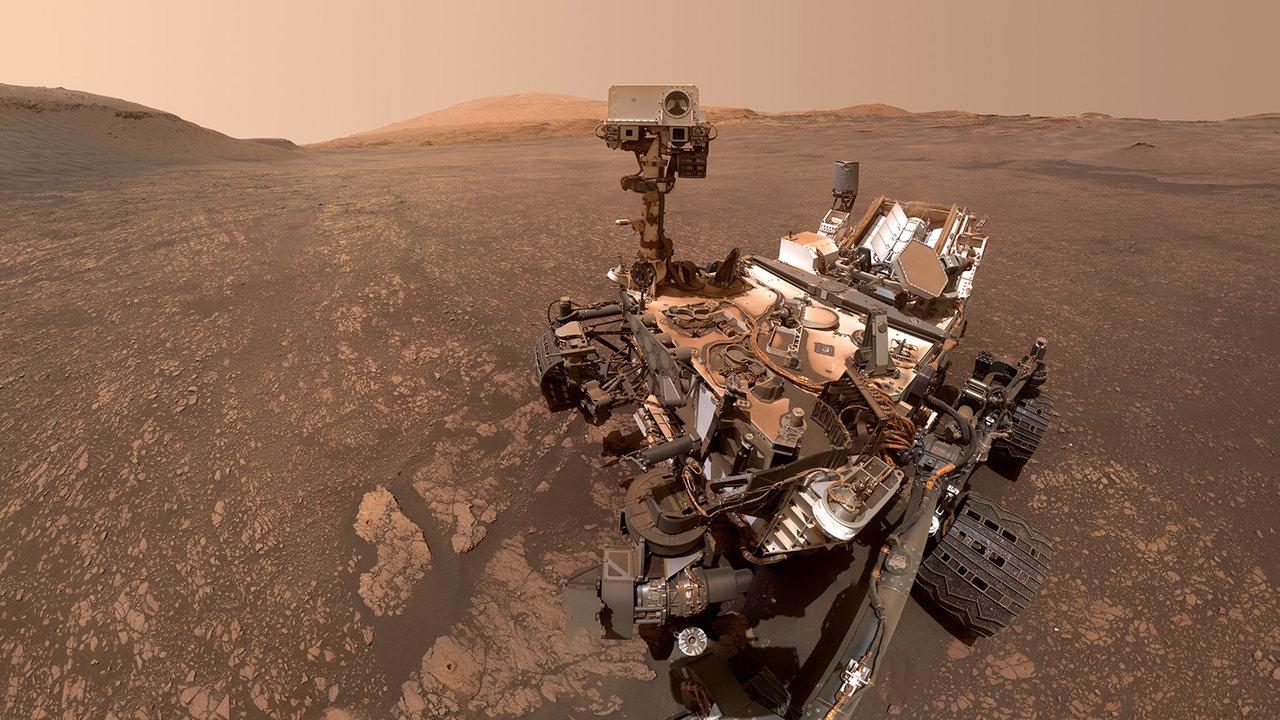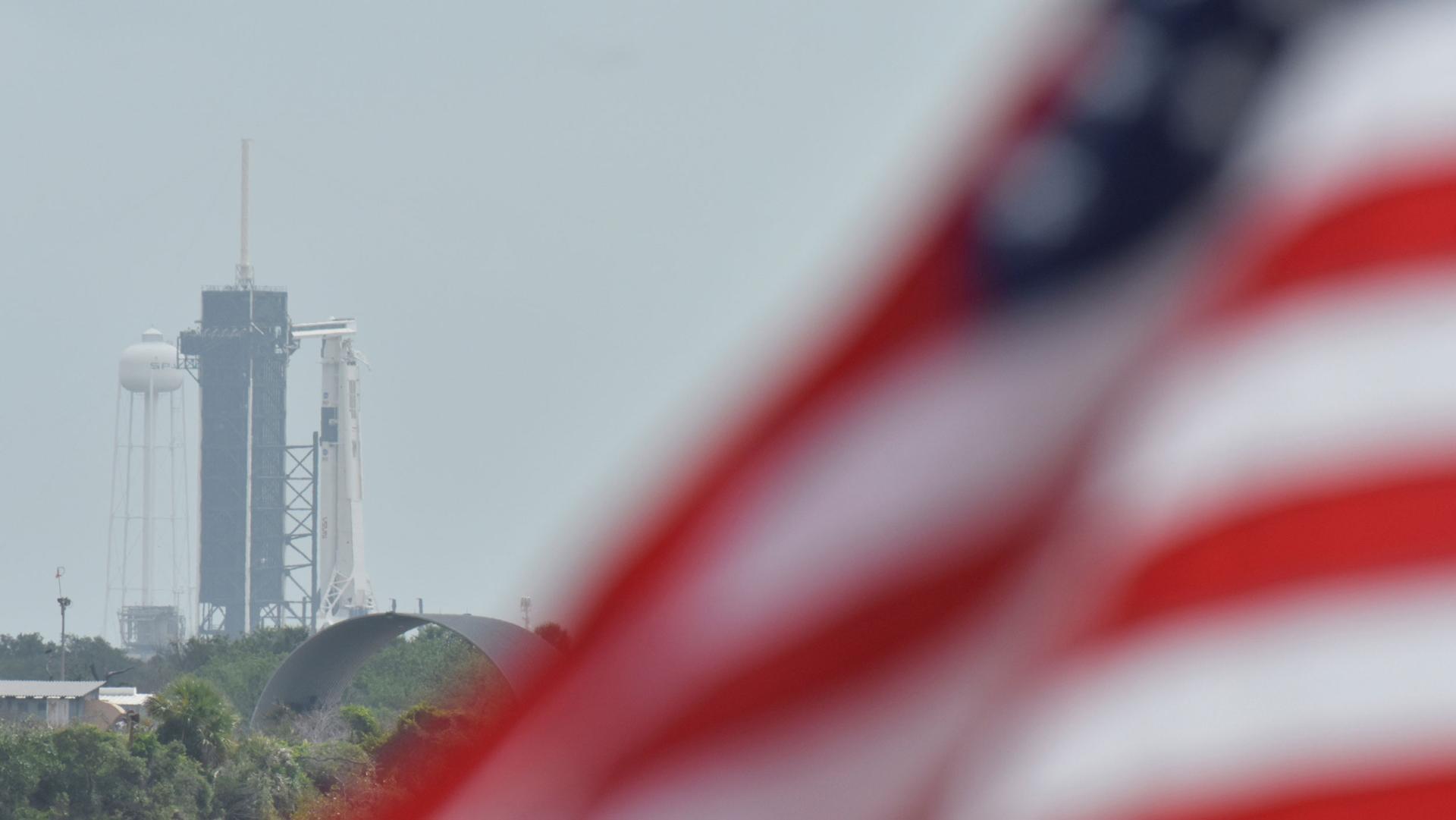Outer space
French and US astronauts spacewalk for space station repairs
French astronaut Thomas Pesquet and US astronaut Shane Kimbrough switched on their spacesuits’ internal battery power, and walked into space to help install three new, refrigerator-sized lithium-ion batteries to upgrade the power system at the International Space Station.
Scientists prepare for a historic landing on a ‘seething and sputtering and spitting’ comet
If you think parallel parking is hard, then consider the European Space Agency’s latest mission. ESA’s Rosetta mission will attempt to land a small robot on a rocky comet barreling through space at more than 34,000 miles an hour.


